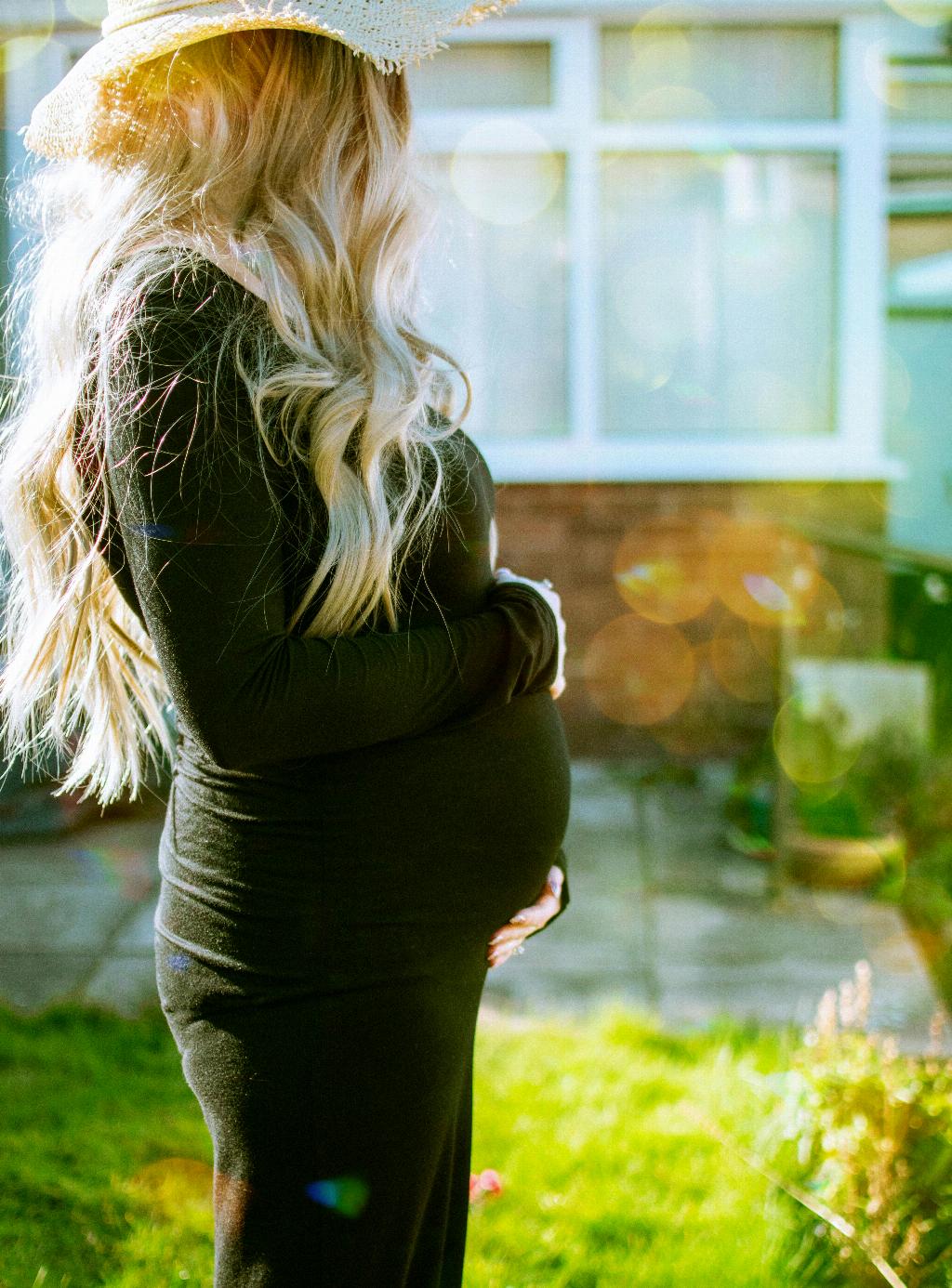During pregnancy, your body undergoes a series of remarkable changes as it nourishes and protects the growing life within. These changes can lead to a shift in your body shape, particularly around your abdomen and hips. As your baby bump expands, you may find that your regular clothes start to feel snug and uncomfortable.
While every pregnancy is unique and the timing may vary from person to person, most pregnant individuals usually start needing maternity clothes around the 12 to 18 week mark. This is typically when the baby bump becomes more pronounced, and regular clothing items may no longer accommodate your growing belly comfortably.
Wearing maternity clothes is not just about accommodating your changing body size, but also about comfort and support. Maternity wear is designed to provide the necessary flexibility and room for your expanding belly, allowing you to move freely and comfortably throughout your pregnancy.
Many women find that around the 4th or 5th month of pregnancy, their regular clothes begin to feel too tight around the waist. This is often a sign that it’s time to start considering maternity clothing options to ensure you stay comfortable and stylish throughout your pregnancy journey.
It’s essential to listen to your body and pay attention to how your clothing feels as your pregnancy progresses. Maternity clothes are not just a fashion choice but a practical necessity to support your changing body and ensure your comfort as you navigate the challenges and joys of pregnancy.
Some women may find that they need maternity clothes earlier or later in their pregnancy, depending on their body shape, the size of their baby bump, and how their body changes over time. If you’re unsure about when to transition to maternity wear, trust your instincts and make the switch when you feel your regular clothes are no longer serving you well.
Investing in a few key maternity pieces, such as stretchy pants, tops with room for growth, and supportive undergarments, can make a significant difference in how you feel during pregnancy. Comfortable clothing can impact your overall well-being and help you stay active and engaged in your daily activities.
As your baby bump grows, you may notice that your regular jeans, skirts, and tops don’t fit as they used to. This is a clear indication that it’s time to consider shopping for maternity clothes that provide the extra space and stretch needed to accommodate your changing body shape.
Maternity clothes are designed to adapt to your body’s changing needs, offering features like adjustable waistbands, stretchy fabrics, and longer hemlines to accommodate your growing bump. These specialized garments can make a significant difference in how you feel and move during the later stages of pregnancy.
Remember that pregnancy is a unique and transformative experience, and your body will go through various stages of growth and change as your baby develops. Embracing maternity clothes when the time feels right for you can be a positive step towards prioritizing your comfort and well-being during this special time.
Stay attuned to your body’s signals and make the transition to maternity wear when you feel it’s necessary to support your changing shape and ensure your comfort. Pregnancy is a beautiful journey, and choosing clothing that makes you feel good can enhance your confidence and enjoyment as you prepare to welcome your little one into the world.
Ultimately, the decision of when to start wearing maternity clothes is a personal one, guided by how your body is changing and what feels most comfortable for you. Trust your instincts, embrace the process of adapting to your evolving shape, and celebrate this incredible time of growth and transformation.

